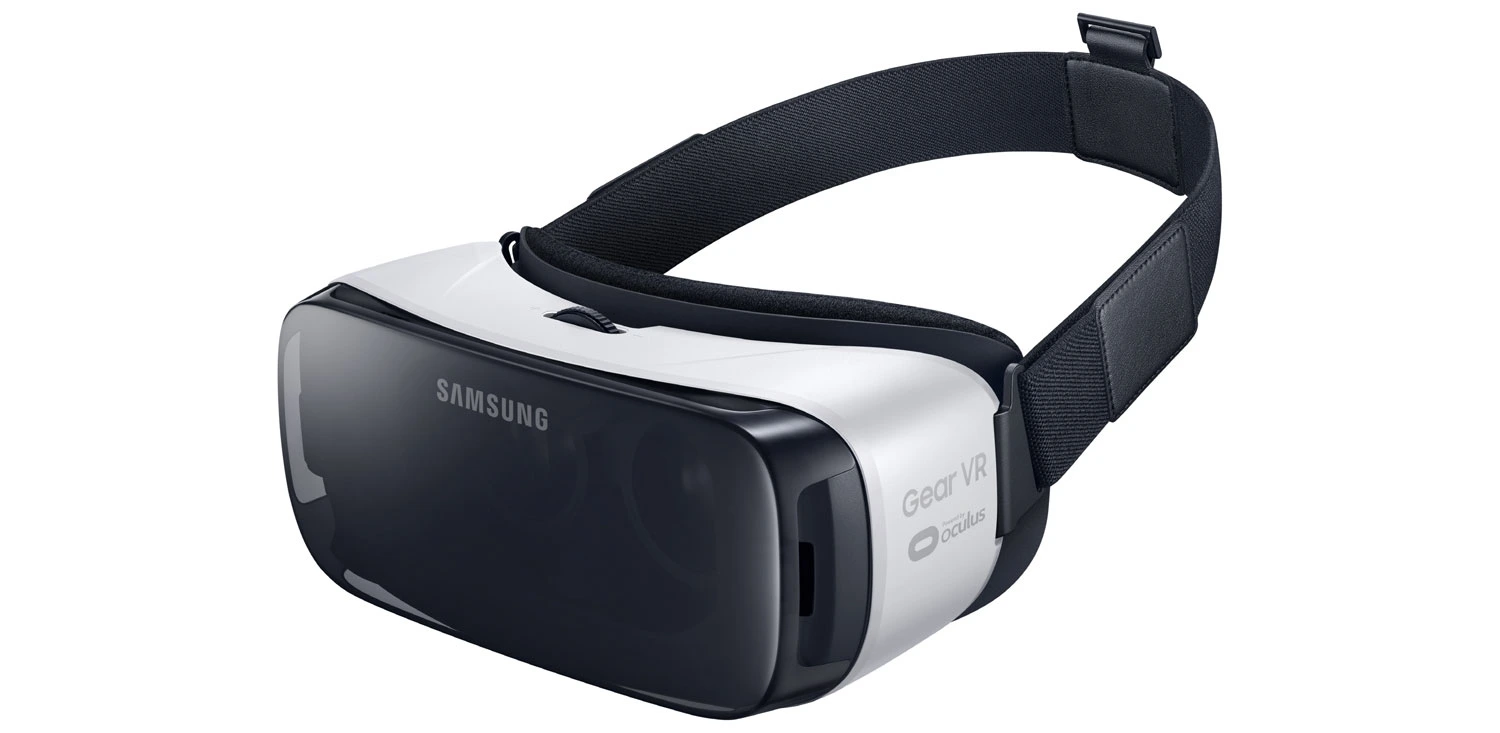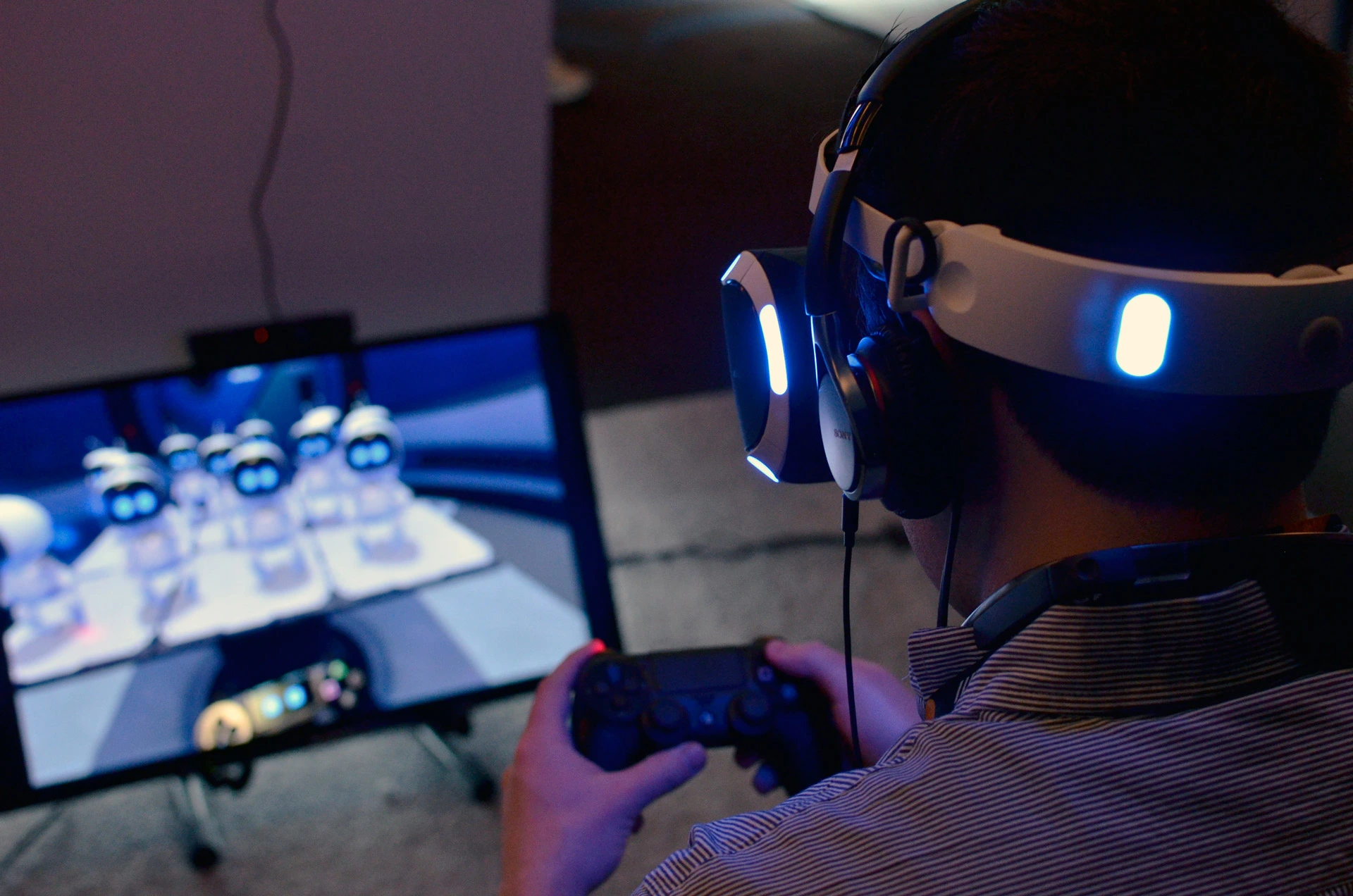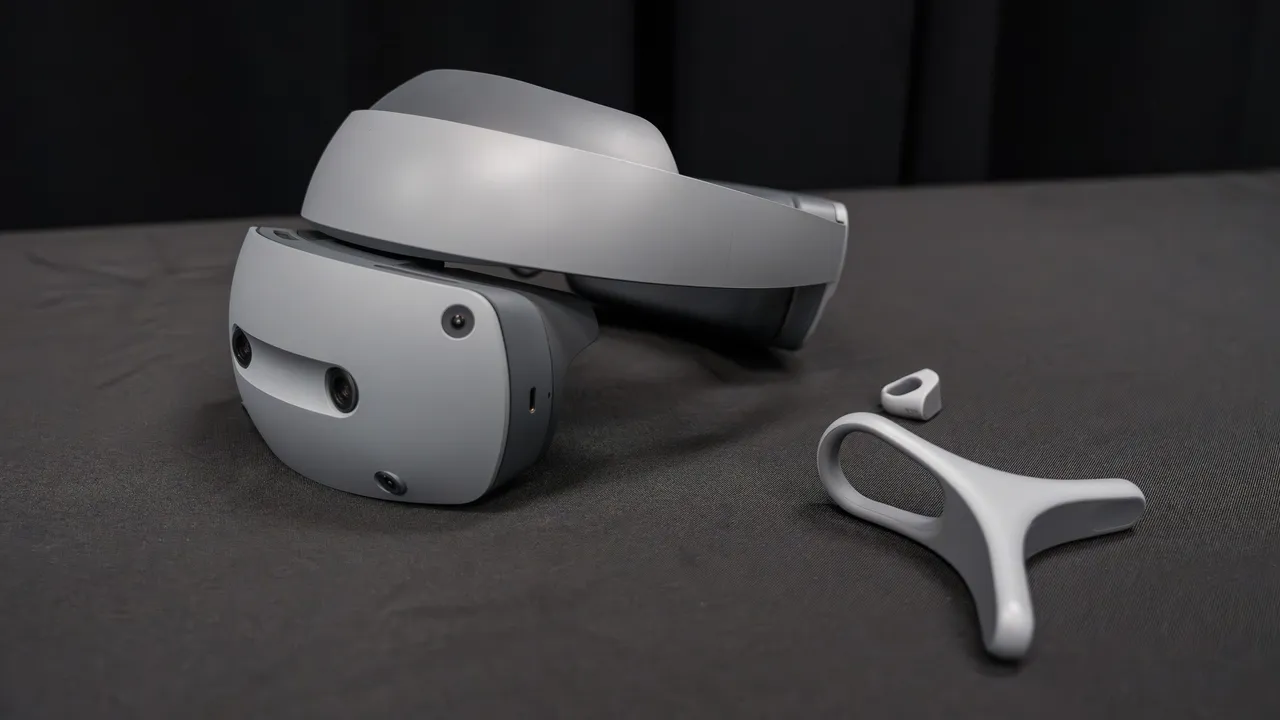Samsung is poised to redefine the virtual reality (VR) landscape with its latest headset, promising a leap in display technology that could set new standards for immersive experiences. While the tech giant has remained tight-lipped about the specifics, insider reports suggest that Samsung will incorporate Sony’s groundbreaking 1.35-inch 3552×3840 micro-OLED displays in its upcoming device. This move signifies a strategic partnership aimed at harnessing cutting-edge technology to elevate user experience to unprecedented levels.

The Power Behind Samsung’s New VR Headset
According to reliable sources from the South Korean news outlet, The Elec, Samsung’s decision to use Sony’s micro-OLED displays is a calculated move to leverage a display that combines high resolution with superior color accuracy. These displays, already utilized in Sony’s SRH-S1 standalone headset, boast a 96% DCI-P3 color gamut coverage, providing richer and more accurate colors compared to previous models. This enhancement is a critical upgrade over the displays used in the Apple Vision Pro, which only reached 92% of the DCI-P3 spectrum.

A Closer Look at Sony’s Micro-OLED Technology
Sony’s new micro-OLED display is not just about improved color range; it also introduces a taller aspect ratio which addresses the issue of a narrow vertical field of view seen in competitors’ headsets, such as the Apple Vision Pro. This design tweak suggests that Samsung’s headset will likely offer a more expansive vertical viewing experience, making it a strong contender in the high-end VR market.

Competitive Landscape and Future Implications
The VR industry is witnessing a rapid evolution with companies like Apple and BOE also in the race to advance their display technologies. Apple, for instance, is rumored to be gearing up for mass production of an updated Vision Pro headset featuring an M5 chip and possibly a newer version of the Sony micro-OLED display later this year. On the other hand, BOE continues to supply 4K micro-OLED displays with slightly higher brightness levels, though they fall short in color performance compared to Sony’s offerings.
Moreover, LG is on the horizon with its “next generation” 4K micro-OLED display that promises even wider color gamut and enhanced brightness to mitigate visible motion blur, setting the stage for future advancements in VR technologies.

As Samsung gears up to introduce its new VR headset, the industry watches closely. With its strategic choice of Sony’s 4K micro-OLED displays, Samsung is not just aiming for product enhancement but is setting the pace for a new era in virtual reality. This bold move could potentially shift market dynamics and redefine user expectations, reinforcing Samsung’s position as a leader in technological innovation in the VR space. As the boundaries of virtual reality are pushed further, Samsung’s upcoming headset could very well become the new benchmark for what immersive technology can achieve.


